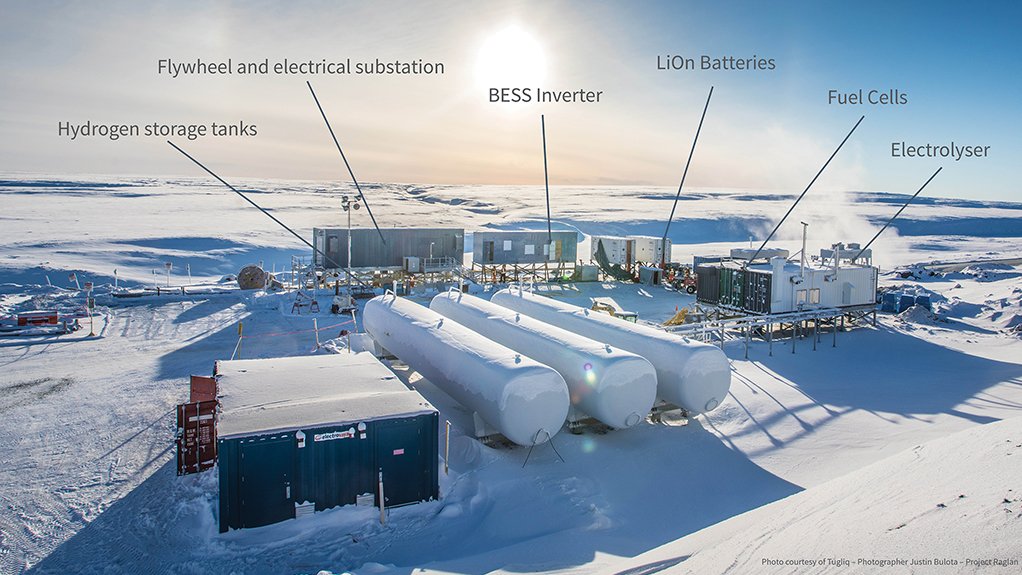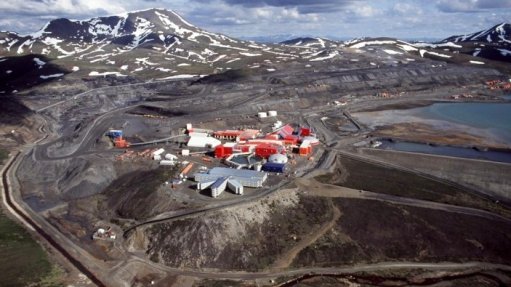Green Hydrogen Evolution and the Economy
Green hydrogen projects are expanding globally as a pillar to reduce greenhouse gas emissions. Large scale green hydrogen projects, based on electrolyser technology (ranging from 100 MW to 5 GW in scale), are now planned in many regions of the world that are transitioning to renewable power. Wind and solar power are seen as the main contributors to providing the required new installed capacity to supply electricity, at the lowest possible cost, for producing green hydrogen through electrolysis.
The cost of green hydrogen production is currently about US$4.50/kg, assuming the electricity comes from cheap renewable power. This cost is expected to halve by 2030 due a number of factors. These include economies of scale in the manufacture of thousands of electrolysers, increased efficiency and the cost of delivering large scale renewable power that continues to reduce year on year. It is predicted that the price of wind and solar power will decrease to below US$20/MWh by 2030 in most regions of the world.
Globally, the green hydrogen break-even price at the pump, when compared to petrol or diesel, is about US$1.20/litre. By 2030, it is likely that this break-even point will be reached in a number of countries, including South Africa, through the use of cheap electricity production from wind and solar power to produce green hydrogen with current technology. However, to compete with the price of hydrogen production from natural gas through Steam Methane Reforming (SMR), the cost of green hydrogen production needs to reach about US$1.00/kg, which is expected to only occur around 2040 or earlier, dependent on how significantly carbon taxes increase over time.
As the percentage of renewable power in the mix increases, hydrogen storage will play a key role in grid stability and permit the full integration of renewable power into the grid by converting renewable power excess to hydrogen production. The concept of hydrogen salt caverns, natural underground cavities that can be used to store massive amounts of hydrogen, is an important solution to provide seasonal hydrogen storage that can compensate for wind and solar power variability. Injecting green hydrogen into natural gas pipelines is another viable storage method. In a recent study carried out by Hatch, it was estimated that the size of hydrogen storage that would be required to smooth out weekly and seasonal renewable variability is about 2 to 4t/MW of installed renewable power, with the lower figure being for a combination of wind and solar production.
When designing hydrogen projects, Hatch adopts a safety-first approach. Hydrogen is odourless, colourless, tasteless and non-toxic. However, the fact that it’s extremely flammable is a risk that must be mitigated by applying best practice, detectors for leak monitoring and stringent safety planning. This has been successfully applied in the chemical, oil & gas and mining industries for decades.
Hatch is currently supporting Air Liquide on a project that, upon completion, will be the largest of its kind; producing 3,000t of green hydrogen annually. This will reduce regional carbon dioxide emissions by nearly 27,000t/a, the equivalent of more than 107 million km driven by the average passenger car.
Hatch, Anglo American, BHP, and Fortescue have formed a Green Hydrogen Consortium to look at ways of using green hydrogen to accelerate decarbonization within their operations globally. The Consortium aims to collectively help to eliminate the obstacles to the adoption of green hydrogen technologies and encourage innovative applications. Some of the proposed activities include undertaking research, technology, and supply chain development, as well as piloting green hydrogen technologies that seek to de-risk and accelerate the technologies.
In another very interesting project, Hatch supported and partnered with Tugliq and Glen-core at their Raglan Mine in Quebec, Canada to develop a closed loop, microgrid system that converts excess wind power to hydrogen. This is then stored in tanks and a fuel cell produces electricity from the stored hydrogen during low wind power periods. The facility also includes innovations such as a Battery Energy Storage System (BESS) and flywheel generation in the mix and a Hatch microgrid controller.
Hatch is closely following innovations in fuel cell development. A fuel cell converts hydrogen to produce electricity with no carbon emissions. Recently, Hanwha Energy commissioned the world’s first 50 MW hydrogen fuel cell power plant, generating electricity using waste hydrogen left over from a petrochemical facility in South Korea.
In summary, the green hydrogen economy is growing rapidly as a viable replacement for
fossil fuel with green energy. These include the power generation, transportation, mining and the oil and gas industries. At Hatch, we are committed to designing and building practical solutions that reduce the presence of greenhouse gas (GHG) emissions and adapting our built and natural environments to the unavoidable climate change-related impacts.
Learn more about Hatch and our projects at hatch.com or contact us for more information at peter.viljoen@hatch.com
Article Enquiry
Email Article
Save Article
Feedback
To advertise email advertising@creamermedia.co.za or click here
Announcements
What's On
Subscribe to improve your user experience...
Option 1 (equivalent of R125 a month):
Receive a weekly copy of Creamer Media's Engineering News & Mining Weekly magazine
(print copy for those in South Africa and e-magazine for those outside of South Africa)
Receive daily email newsletters
Access to full search results
Access archive of magazine back copies
Access to Projects in Progress
Access to ONE Research Report of your choice in PDF format
Option 2 (equivalent of R375 a month):
All benefits from Option 1
PLUS
Access to Creamer Media's Research Channel Africa for ALL Research Reports, in PDF format, on various industrial and mining sectors
including Electricity; Water; Energy Transition; Hydrogen; Roads, Rail and Ports; Coal; Gold; Platinum; Battery Metals; etc.
Already a subscriber?
Forgotten your password?
Receive weekly copy of Creamer Media's Engineering News & Mining Weekly magazine (print copy for those in South Africa and e-magazine for those outside of South Africa)
➕
Recieve daily email newsletters
➕
Access to full search results
➕
Access archive of magazine back copies
➕
Access to Projects in Progress
➕
Access to ONE Research Report of your choice in PDF format
RESEARCH CHANNEL AFRICA
R4500 (equivalent of R375 a month)
SUBSCRIBEAll benefits from Option 1
➕
Access to Creamer Media's Research Channel Africa for ALL Research Reports on various industrial and mining sectors, in PDF format, including on:
Electricity
➕
Water
➕
Energy Transition
➕
Hydrogen
➕
Roads, Rail and Ports
➕
Coal
➕
Gold
➕
Platinum
➕
Battery Metals
➕
etc.
Receive all benefits from Option 1 or Option 2 delivered to numerous people at your company
➕
Multiple User names and Passwords for simultaneous log-ins
➕
Intranet integration access to all in your organisation





















